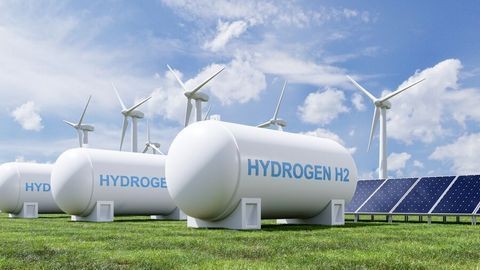NHTSA to Accelerate Rulemaking for Vehicle-to-Vehicle Technologies
Client Alert | 2 min read | 05.29.15
On May 13, 2015, Transportation Secretary Anthony Foxx announced that the National Highway Traffic Safety Administration (NHSTA) intends to expedite its Notice of Proposed Rulemaking to propose a new Federal Motor Vehicle Safety Standard that would require vehicle-to-vehicle (V2V) communication capabilities in all new light vehicles (which includes passenger cars and trucks), as well as minimum performance requirements for these systems. According to Secretary Foxx, speaking last week at Delphi Labs in Silicon Valley, NHTSA intends to issue a proposed rule on V2V technologies in 2015, sooner than its previously announced timeline of 2016.
In August 2014, NHTSA published an Advanced Notice of Proposed Rulemaking to initiate the rulemaking process governing V2V technologies. At the same time, NHTSA published a technical report entitled Vehicle-to-Vehicle Communications: Readiness of V2V Technology for Application." NHTSA solicited comments on the research report, as well as "additional information, data, and analysis that [would] aid the agency in developing an effective proposal to require new light vehicles to be V2V-capable."
In its proposed rulemaking, NHTSA explains that its focus on regulating in the V2V space centers on crash avoidance, a shift from the agency’s prior emphasis on mitigating the effects of vehicle collisions. NHTSA deems it particularly important to issue a rule on this specific technology because V2V crash avoidance benefits are achieved only when a substantial portion of the vehicles on the road are equipped with V2V capabilities. Absent such a requirement, NHTSA believes there is little market incentive for auto manufacturers to develop the technology, or for consumers to purchase it as an option and/or demand it as a standard feature.
Other Articles in this Month's Edition:
- U.S.D.A. Announces Plans to Implement a Non-GE Verification Program
- European Court Expands Product Liability Exposure for Medical Device Producers
- Advertisers in the Ring – A Roundup of This Month's Competitor Advertising Challenges: Favorable Test Results Provide the Ceiling, Not the Floor, for Claims of Competitive Advantage
- The ECHA Expects Up to 70,000 Registrations of Little Known Chemicals by 2018
Contacts
Insights
Client Alert | 2 min read | 12.19.25
GAO Cautions Agencies—Over-Redact at Your Own Peril
Bid protest practitioners in recent years have witnessed agencies’ increasing efforts to limit the production of documents and information in response to Government Accountability Office (GAO) bid protests—often will little pushback from GAO. This practice has underscored the notable difference in the scope of bid protest records before GAO versus the Court of Federal Claims. However, in Tiger Natural Gas, Inc., B-423744, Dec. 10, 2025, 2025 CPD ¶ __, GAO made clear that there are limits to the scope of redactions, and GAO will sustain a protest where there is insufficient evidence that the agency’s actions were reasonable.
Client Alert | 7 min read | 12.19.25
In Bid to Ban “Woke AI,” White House Imposes Transparency Requirements on Contractors
Client Alert | 5 min read | 12.19.25
Navigating California’s Evolving Microplastics Landscape in 2026
Client Alert | 19 min read | 12.18.25
2025 GAO Bid Protest Annual Report: Where Have All the Protests Gone?




